North Korea says 'largest ICBM' fired to warn US, South Korea over drills
North Korea has named the missile that it fired during its latest launch as the country's largest intercontinental ballistic missile (ICBM), saying it fired the projectile as a warning to the United States and South Korea.
On Friday, the North's state media released information and photos of the launch involving the country's Hwasong-17 ICBM that had taken place a day earlier.
The missile was launched from the capital Pyongyang's airport, traveling up to a maximum altitude of 6,045 kilometers (3,756 miles) and a distance of 1,000 kilometers (621 miles) for just over 69 minutes, before falling into the open sea between the country and Japan, the official Korean Central News Agency (KCNA) reported.
The pictures showed leader Kim Jong Un watching the launch with his daughter, and included pictures from space apparently shot by a camera mounted on the missile.
"The launching drill of the strategic weapon serves as an occasion to give a stronger warning to the enemies intentionally escalating the tension in the Korean peninsula while persistently resorting to irresponsible and reckless military threats," the KCNA reported.
The report was referring to a flurry of war games that the US and South Korea have been staging since the beginning of the year, despite the North's stern warnings.
The allies launched the most recent of the military drills, dubbed "Freedom Shield 23," on Monday. The 11-day drills are being held on a scale not seen since 2017, featuring field exercises, including amphibious landings.
Pyongyang views the war games as potential rehearsals for invasion of its territory.
According to the KCNA, Kim "stressed the need to strike fear into the enemies, really deter war, and reliably guarantee the peaceful life of our people and their struggle for socialist construction by irreversibly bolstering up the nuclear war deterrent."
D-8’s role in Iran’s economy after Cairo summit
China slams US as ‘war-addicted’ threat to global security
China ‘firmly opposes’ US military aid to Taiwan
VIDEO | Press TV's News Headlines
President Yoon Suk Yeol to be removed from office
At least 19 Gazans killed by Israeli airstrikes since dawn: Medics
Leader: Iran neither has nor needs proxy forces
US fighter aircraft shot down ‘in friendly fire’ amid aggression on Yemen


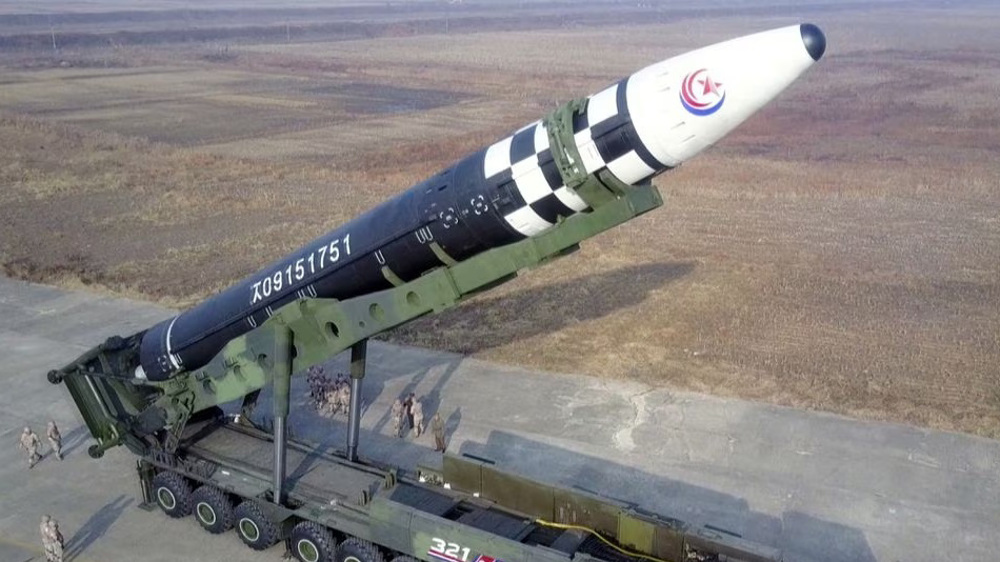
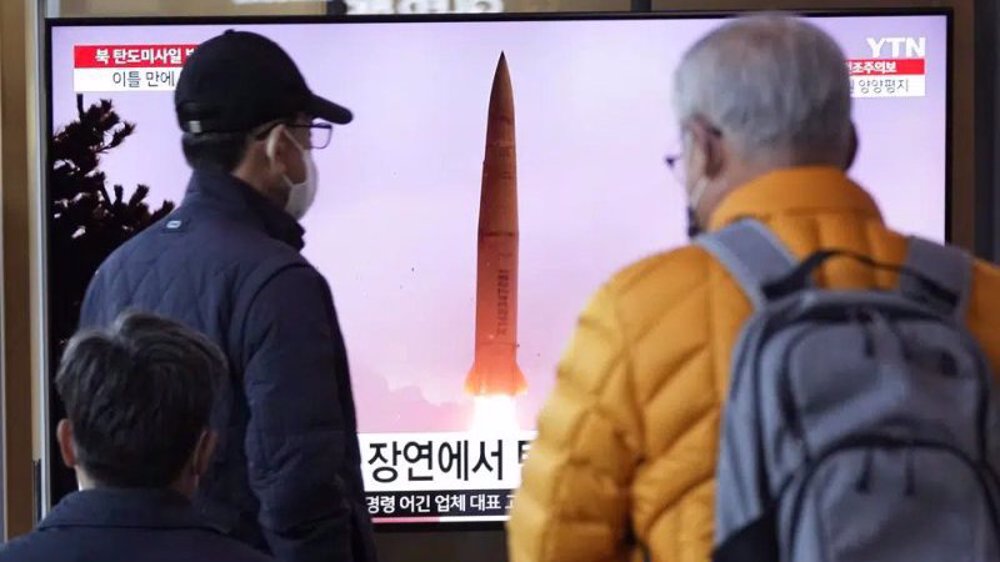
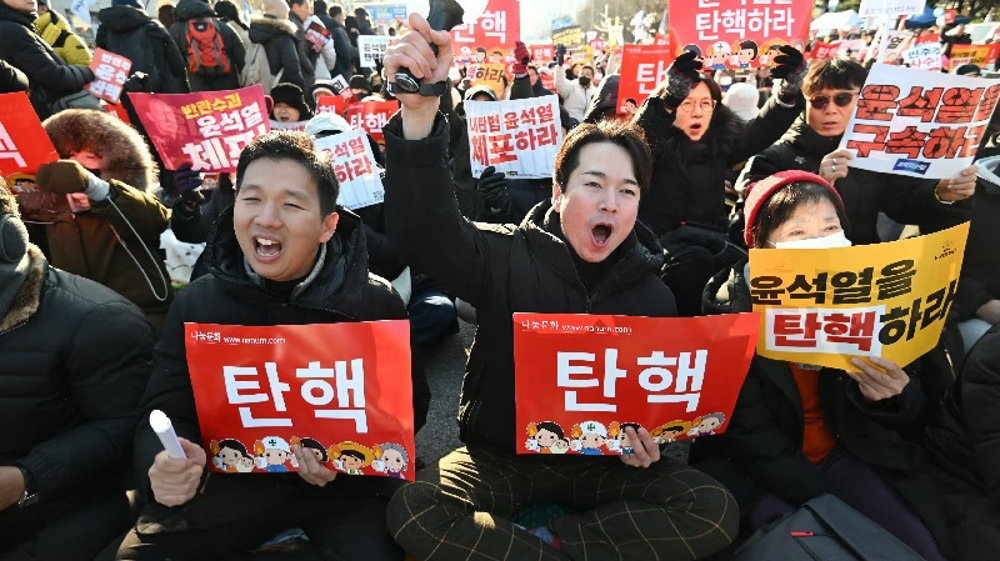





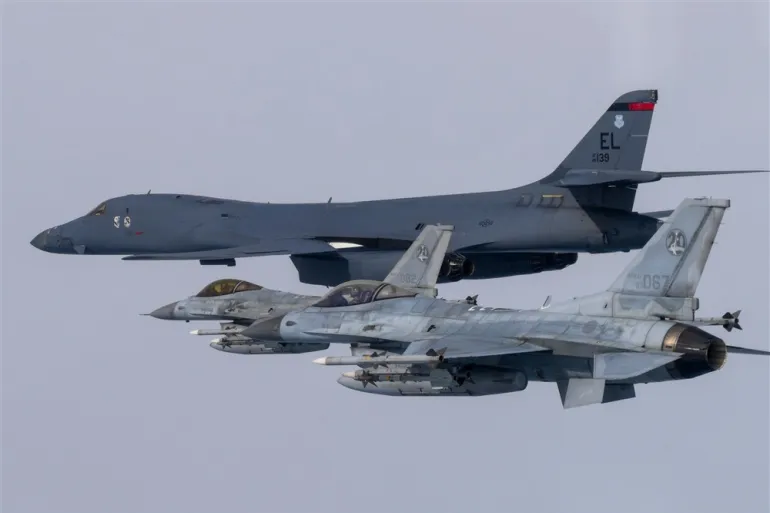
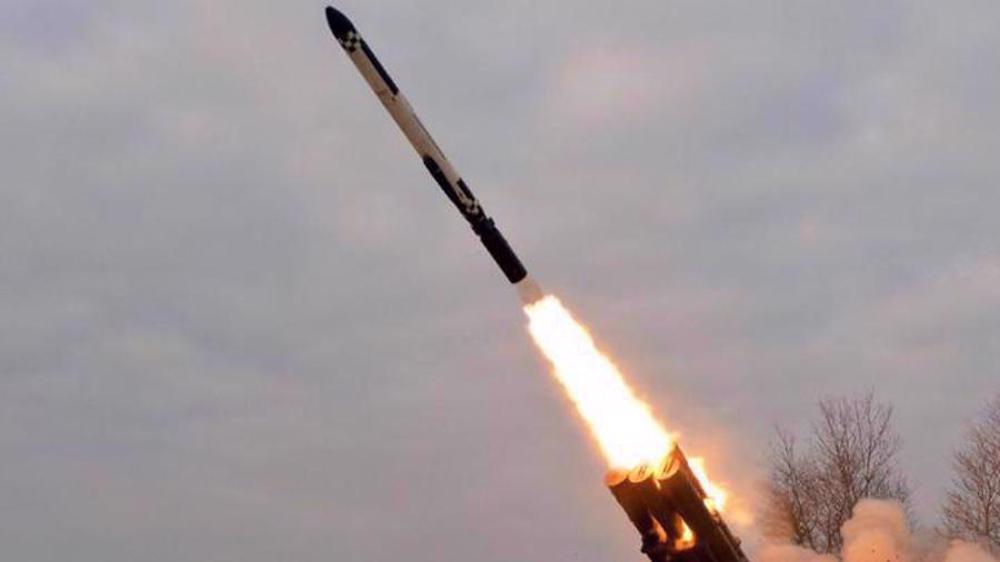
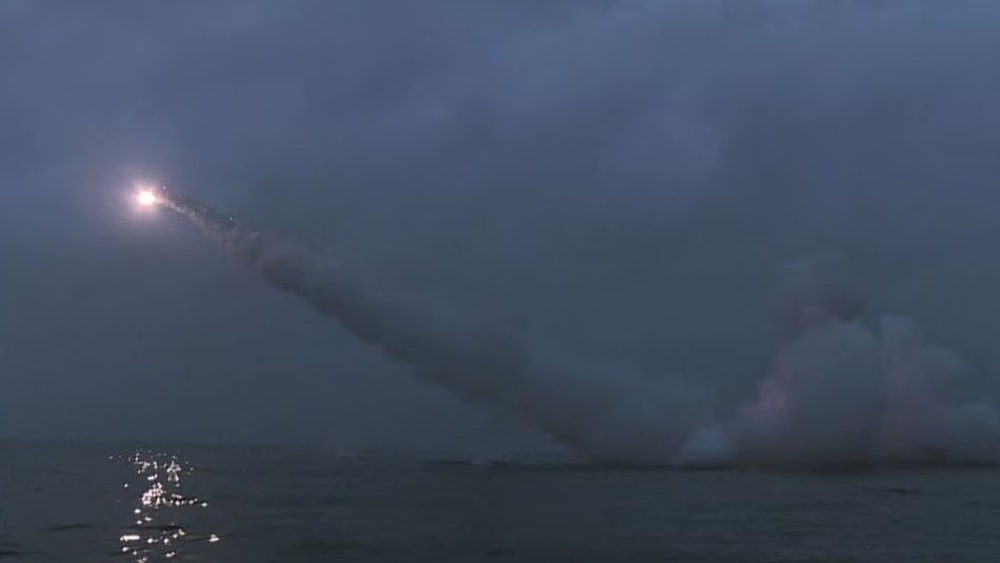

 This makes it easy to access the Press TV website
This makes it easy to access the Press TV website